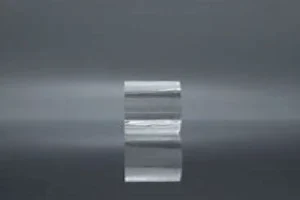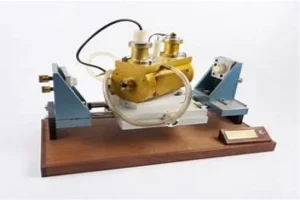Optical Crystals in Medical Optical Applications: A Deep Dive
Optical crystals are among the unsung heroes in the realm of medical technologies. These crystalline structures, distinguished by their unique ability to manipulate light, are instrumental in several medical innovations that have dramatically enhanced patient care over the years. They hold a pivotal position at the intersection of physics and medicine, representing a synergy between the two fields.
The inherent properties of these crystals allow them to channel, refract, and even intensify light in ways that other materials can’t. This quality is especially significant in the domain of medical optics, where precise light manipulation can mean the difference between a successful diagnosis and a missed one. For instance, in advanced imaging techniques, the sharpness and clarity provided by optical crystals can assist in detecting anomalies that might be missed with conventional imaging.
Moreover, these crystals are not just limited to diagnostics. Their application spans across various medical procedures, therapeutic techniques, and even in the realm of medical research, where they’re used in state-of-the-art equipment to derive insights into complex biological processes. As the medical field continues its relentless pursuit of perfection, the role of optical crystals becomes ever more integral. They stand as a testament to how even the tiniest components can drive massive leaps in technological advancement.
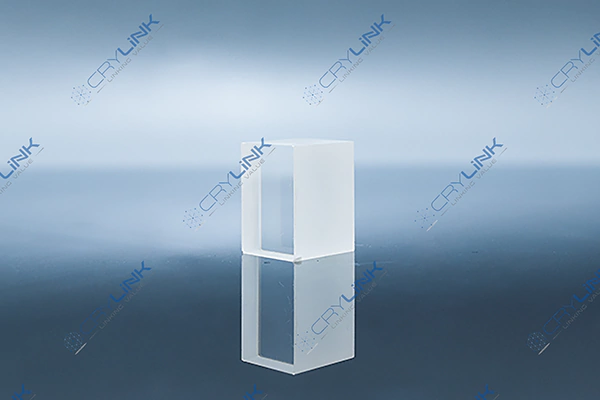
The Crucial Role of Q-switched Lasers in Medicine
A Q-switched laser, named for the mechanism called a “Q-switch” that produces the laser pulse, emits light in brief, concentrated pulses. Unlike continuous wave lasers, which emit a continuous light beam, the Q-switched variant offers bursts of high-powered light. This specific attribute, namely the high peak power of these pulses, renders them incredibly effective in medical applications. These lasers have the unique ability to target specific pigments or tissues without causing significant damage to the surrounding areas. This precision is paramount in medical contexts where targeted intervention is crucial and collateral damage can have dire consequences.
The versatility of Q-switched lasers has carved out a niche for them in various medical procedures:
- Tattoo Removal: One of the most recognized uses of Q-switched lasers is in the realm of tattoo removal. The laser targets the tattoo pigment, breaking it down into smaller particles. These fragmented particles are then easier for the body’s immune system to eliminate. This process not only facilitates effective tattoo removal but also minimizes the risk of scarring, a concern often associated with other tattoo removal methods.
- Dermatological Treatments: Skin, being the largest organ and the outermost shield, often faces various challenges, from sun-induced pigmentation to age spots, and even certain types of skin lesions. Q-switched lasers come to the rescue here. By targeting the affected areas with precision, they ensure that skin irregularities are addressed without affecting the surrounding healthy skin. This results in quicker recovery times and fewer post-treatment complications.
- Non-invasive Eye Treatments: The realm of ophthalmology has also embraced Q-switched lasers, particularly in corrective procedures like LASIK. The accuracy provided by these lasers ensures that the corneal reshaping, pivotal to the success of LASIK, occurs with utmost precision. Moreover, the minimized invasiveness means lesser discomfort for the patient and a reduced recovery period.
The advantages of Q-switched lasers underscore the monumental strides medicine has taken through technology. With each pulse, they’re transforming lives, reaffirming the promise and potential of modern medical practices.
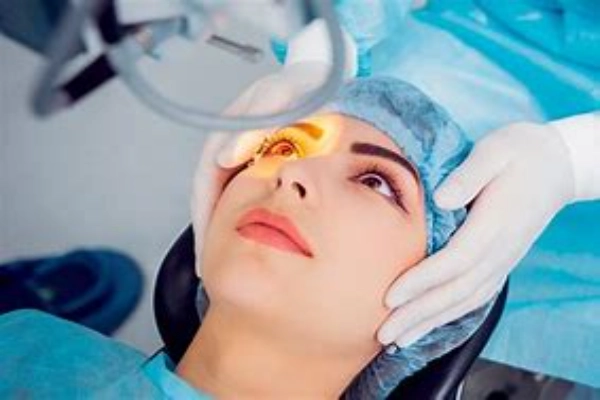
Medical Imaging: The Evolution and the Role of Optical Crystals
Medical imaging has always been a cornerstone of diagnostics, playing a pivotal role in our understanding of the human body and its ailments. Traditional imaging methods, like X-rays and MRIs, have provided invaluable insights into the inner workings of the body. However, as with all technologies, there’s always room for refinement. Enter optical crystals. By integrating these crystals into imaging systems, we’ve ushered in a new era of clarity and precision.
Optical crystals have the unique property of manipulating light in specific ways. When employed in medical imaging devices, they enhance the resolution, contrast, and overall quality of the images produced. For instance, in the case of X-rays, the use of optical crystals can reduce scatter and produce sharper images, offering finer details that might be missed by traditional means. Similarly, in MRIs, these crystals can aid in producing images with greater depth and clarity. The end result? Doctors and medical professionals get a more comprehensive view, leading to more accurate diagnoses, better patient assessments, and more effective treatment plans.
Real-time imaging has long been a goal in the medical field. The ability to see what’s happening inside the body, as it’s happening, can be transformative. This is especially true in surgical scenarios where immediate feedback can guide surgeons, enhancing the success rate of procedures and minimizing potential risks. Optical crystals have been instrumental in realizing this dream.
The superior light-manipulating properties of optical crystals have enabled imaging systems to provide live feedback without significant delays. Surgeons can now monitor the progress of their procedures in real time, making adjustments on the fly. Similarly, in diagnostics, real-time imaging allows for instant analysis, which can be crucial when time-sensitive decisions need to be made. Whether it’s observing the flow of a contrast agent through blood vessels or monitoring the movement of organs during a procedure, optical crystals enhance the immediacy and accuracy of the feedback.
In essence, the integration of optical crystals in medical imaging is not just an evolution; it’s a revolution. It redefines the boundaries of what’s possible, offering a clearer window into the human body and promising better outcomes for patients around the world.

The Future of Optical Crystals in Medical Optics
The world of medical optics stands on the precipice of unprecedented advancements, with optical crystals at the core. The unique properties these crystals exhibit make them an exciting subject for researchers and scientists. Beyond their current applications, the scope for innovations remains vast.
As the pace of technological advancement accelerates, so does our understanding of optical crystals and their potential applications. With each research endeavor, we gain insights into harnessing their attributes more effectively. For instance, there’s ongoing exploration into how these crystals can be utilized for more accurate early detection of diseases, potentially saving millions of lives. Additionally, the refinement of current methodologies, such as enhancing the clarity and depth of medical imaging, will continue to push the boundaries of diagnostics and treatments.
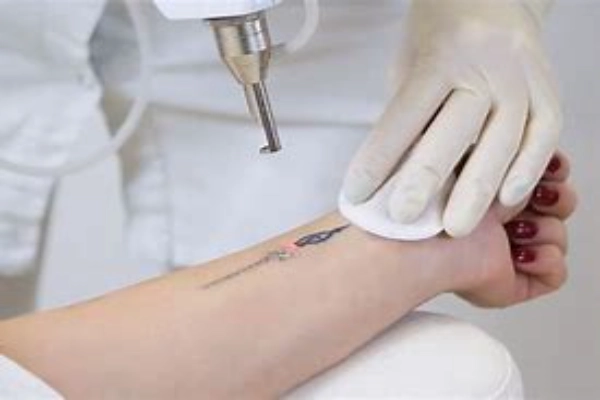
Furthermore, as we make strides in personalized medicine, the role of optical crystals could be pivotal. Their ability to aid in the development of tailored diagnostic tools and treatment modalities promises a future where medical care is more precise and individualized.
One of the most promising aspects of the future of medical optics is the growing collaboration between the fields of optics and medicine. Historically, these domains operated relatively independently, but the potential of optical crystals has catalyzed a convergence.
Medical professionals bring an understanding of clinical needs, while optical researchers provide insights into the capabilities of crystals. This synergy will lead to innovations that are both technically sound and clinically relevant. We can anticipate tools and devices that are not just advanced but also tailored to address specific medical challenges.
For instance, the use of optical crystals might revolutionize non-invasive treatments, reducing the need for surgeries and subsequently lowering the associated risks. Moreover, as we delve deeper into the realm of telemedicine and remote diagnostics, these crystals could play a pivotal role in developing devices that offer high-resolution imaging and diagnostic capabilities from a distance.
In conclusion, the future of optical crystals in medical optics is not just promising; it’s transformative. As the boundaries between optics and medicine blur, we stand to benefit from a holistic approach that leverages the best of both worlds, ensuring a brighter, healthier future for all.

Conclusion
The significance of optical crystals in medical optical applications cannot be overstated. From Q-switched lasers to advanced detection technologies and medical imaging, these crystals revolutionize the way we approach medical challenges. With continuous advancements and collaborations, the future of medical optics illuminated by these crystals looks promising and bound to elevate patient care to unprecedented levels.
Frequently Asked Questions (FAQs)
- What are optical crystals?
Optical crystals are solid, transparent materials that modify and transmit light in specific ways, crucial for various medical applications. - How do Q-switched lasers differ from regular lasers?
Q-switched lasers produce high peak power pulses, making them especially effective for certain medical treatments, such as tattoo removal. - Are there risks associated with using optical crystals in medical procedures?
While any medical procedure carries inherent risks, the use of optical crystals, when properly implemented, aims to enhance precision and reduce potential complications. - How have optical crystals improved medical imaging?
Optical crystals enhance imaging systems, providing clearer and more detailed visuals, ensuring better diagnoses and treatment strategies. - What lies ahead for optical crystals in medical optics?
The future promises even more integration of optical crystals in medical fields, with ongoing research aiming to discover new applications and refine existing techniques.


